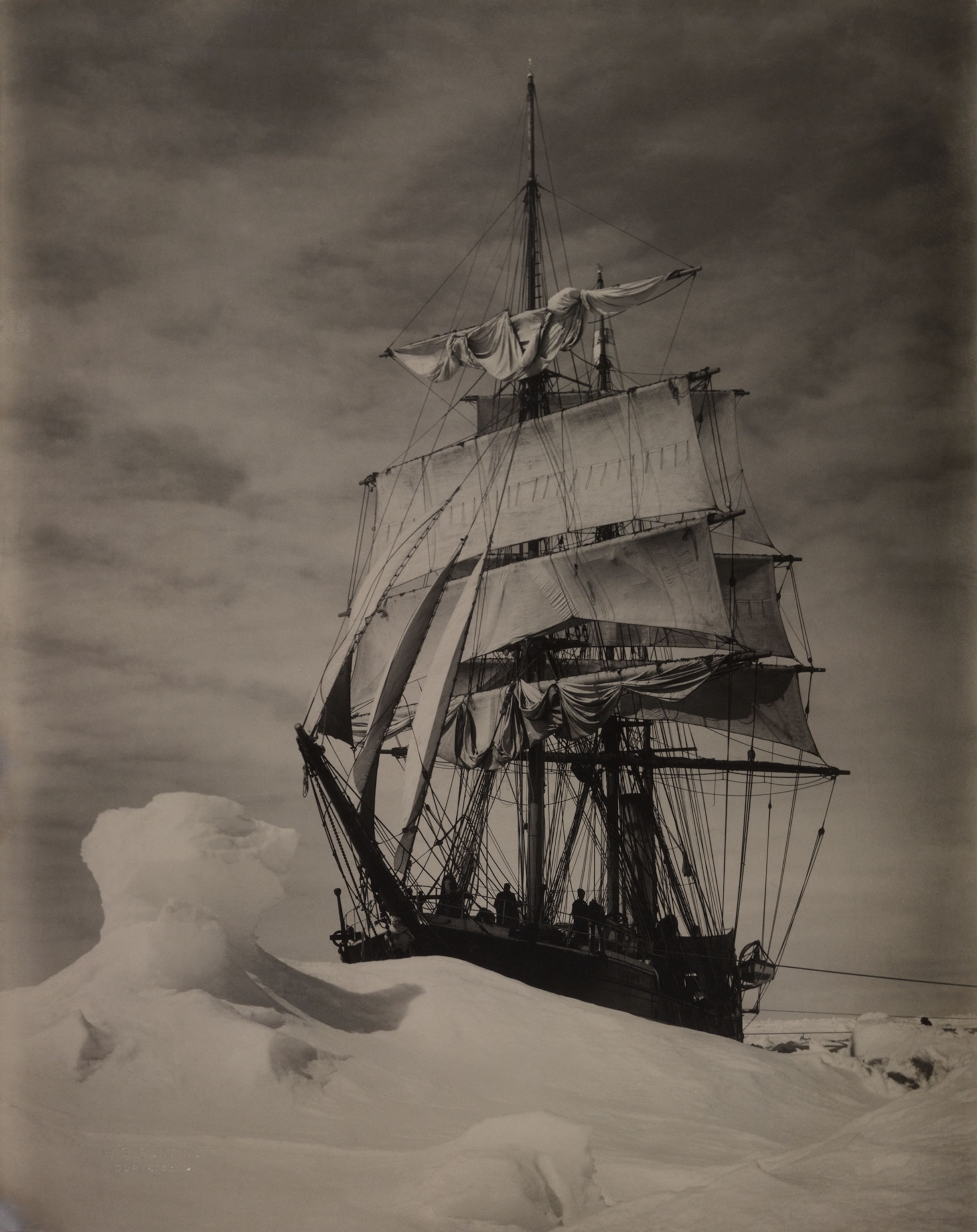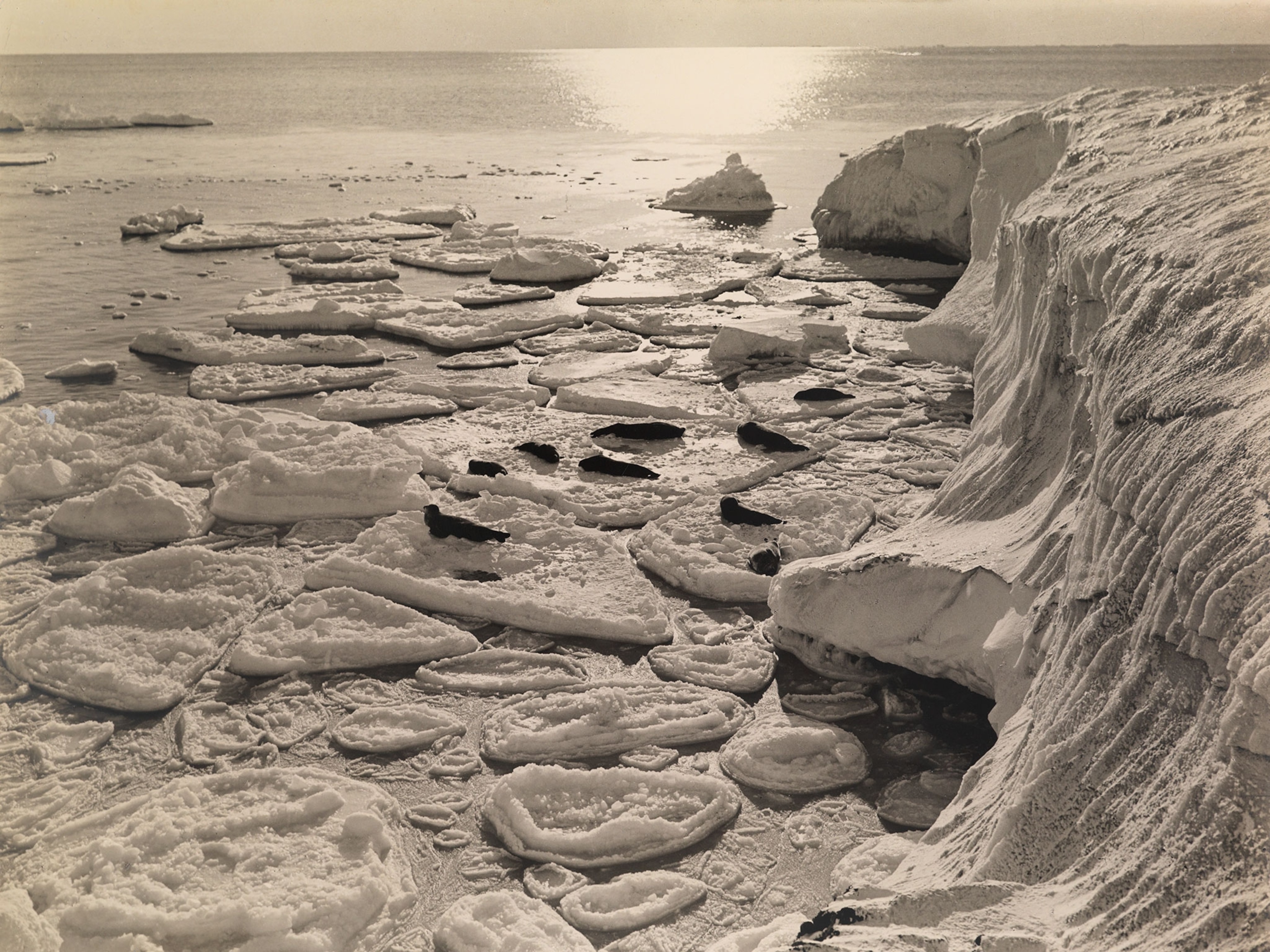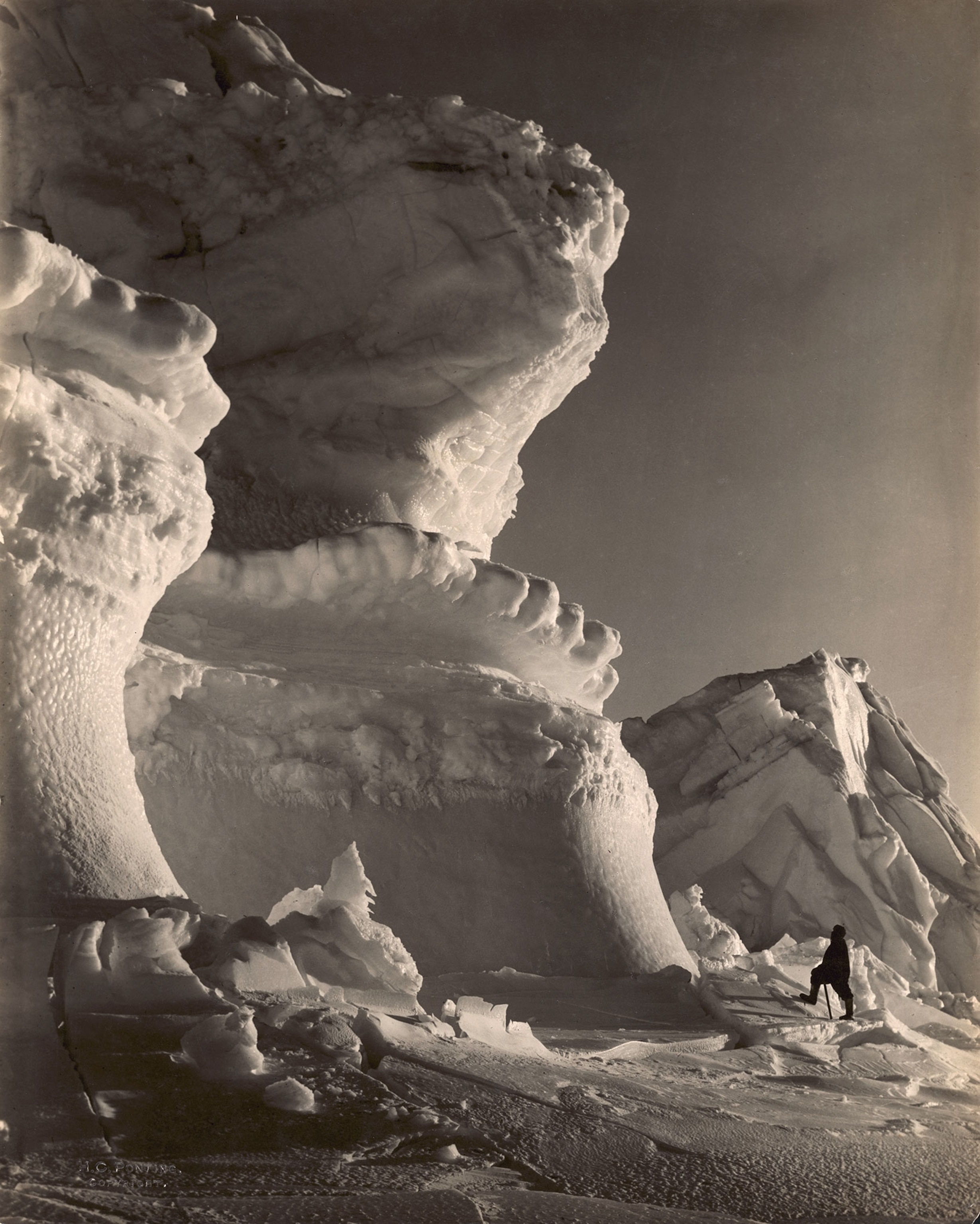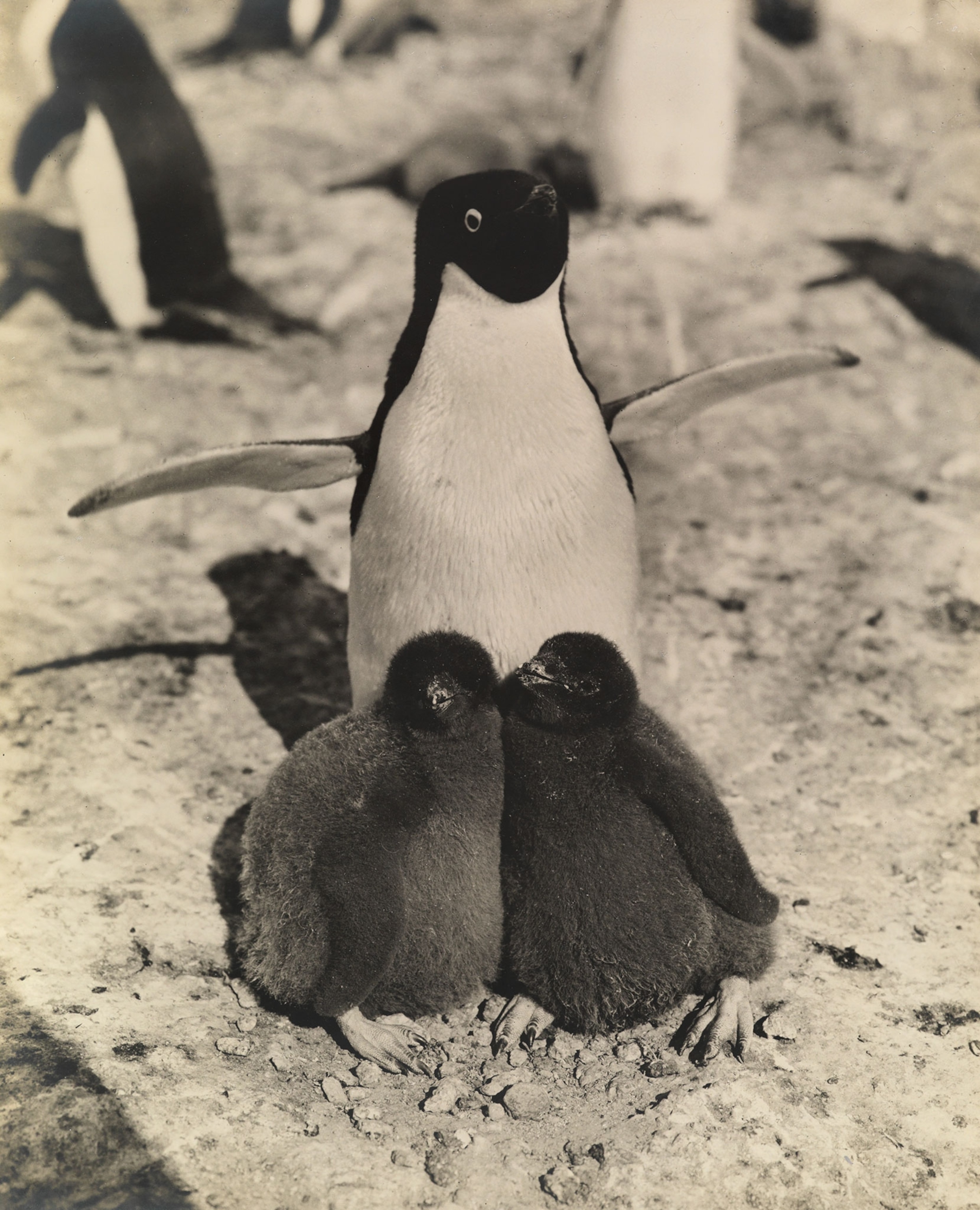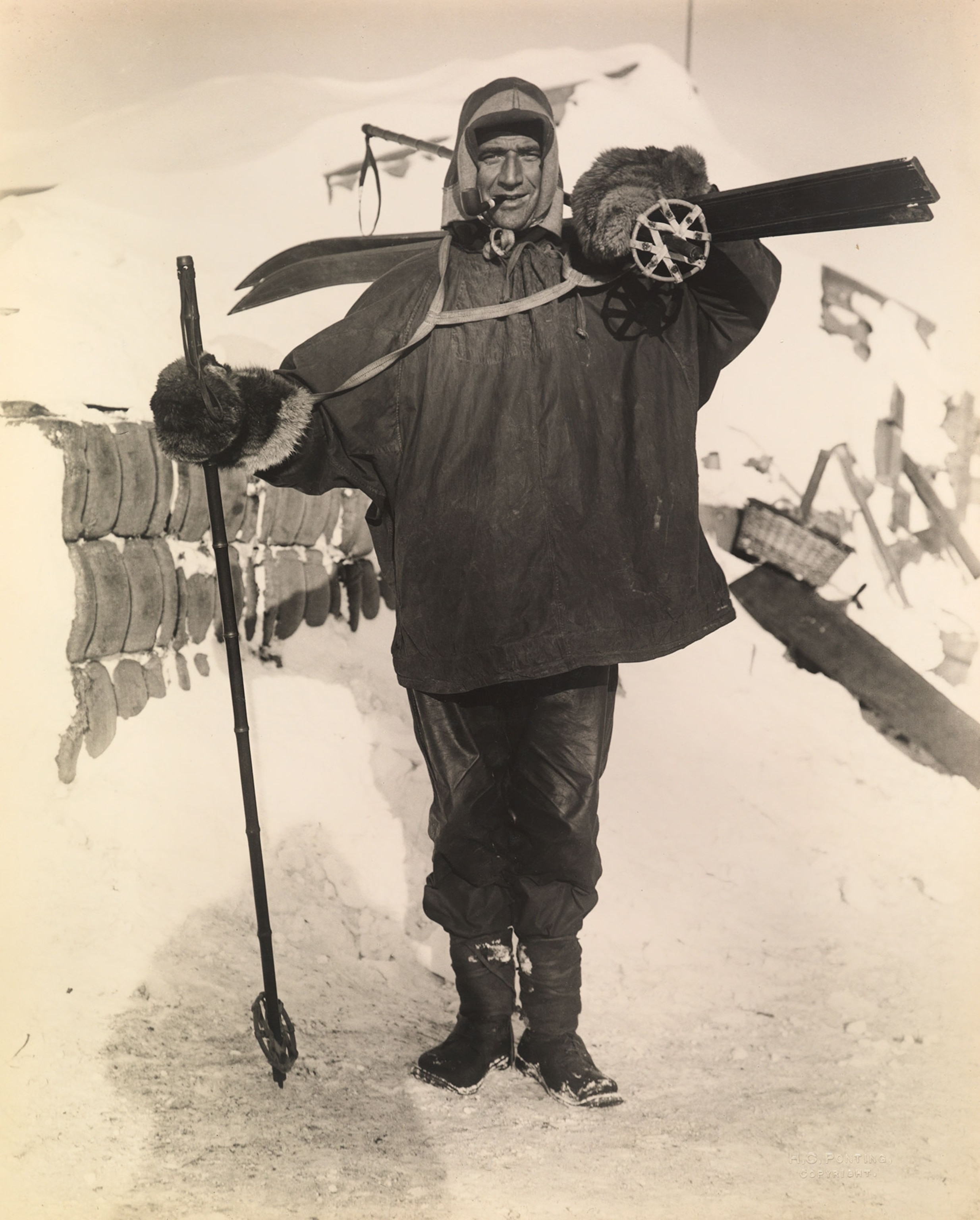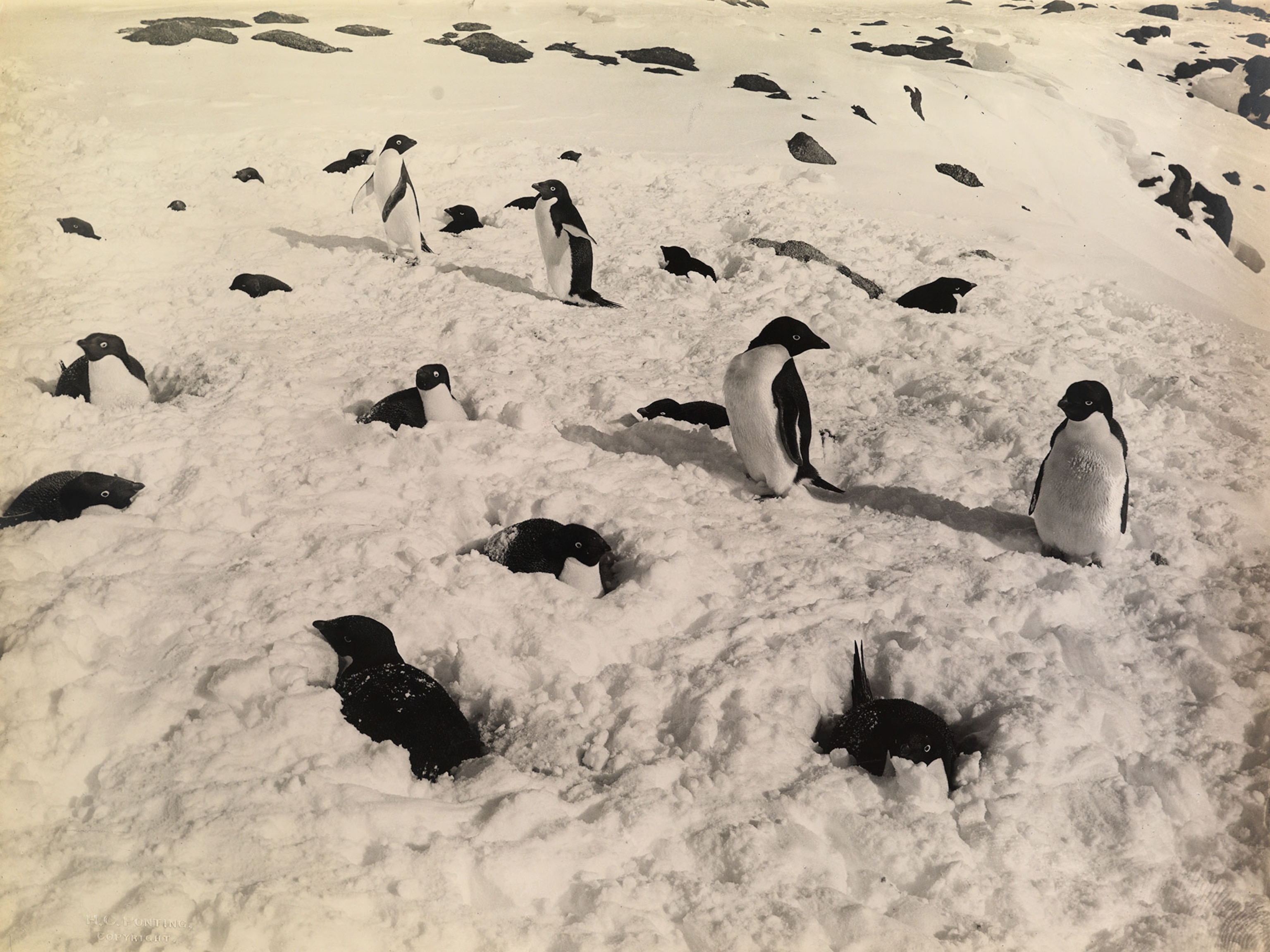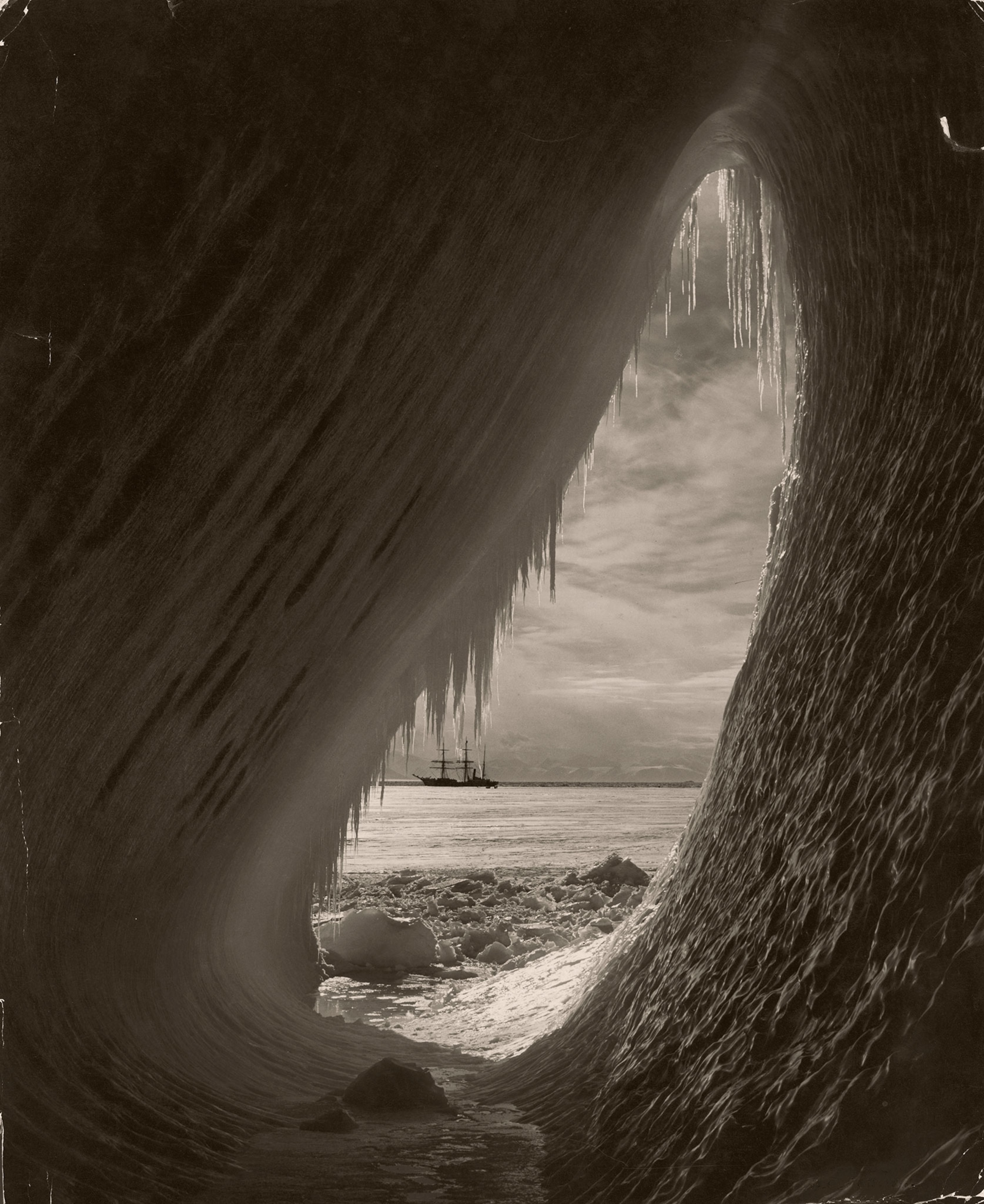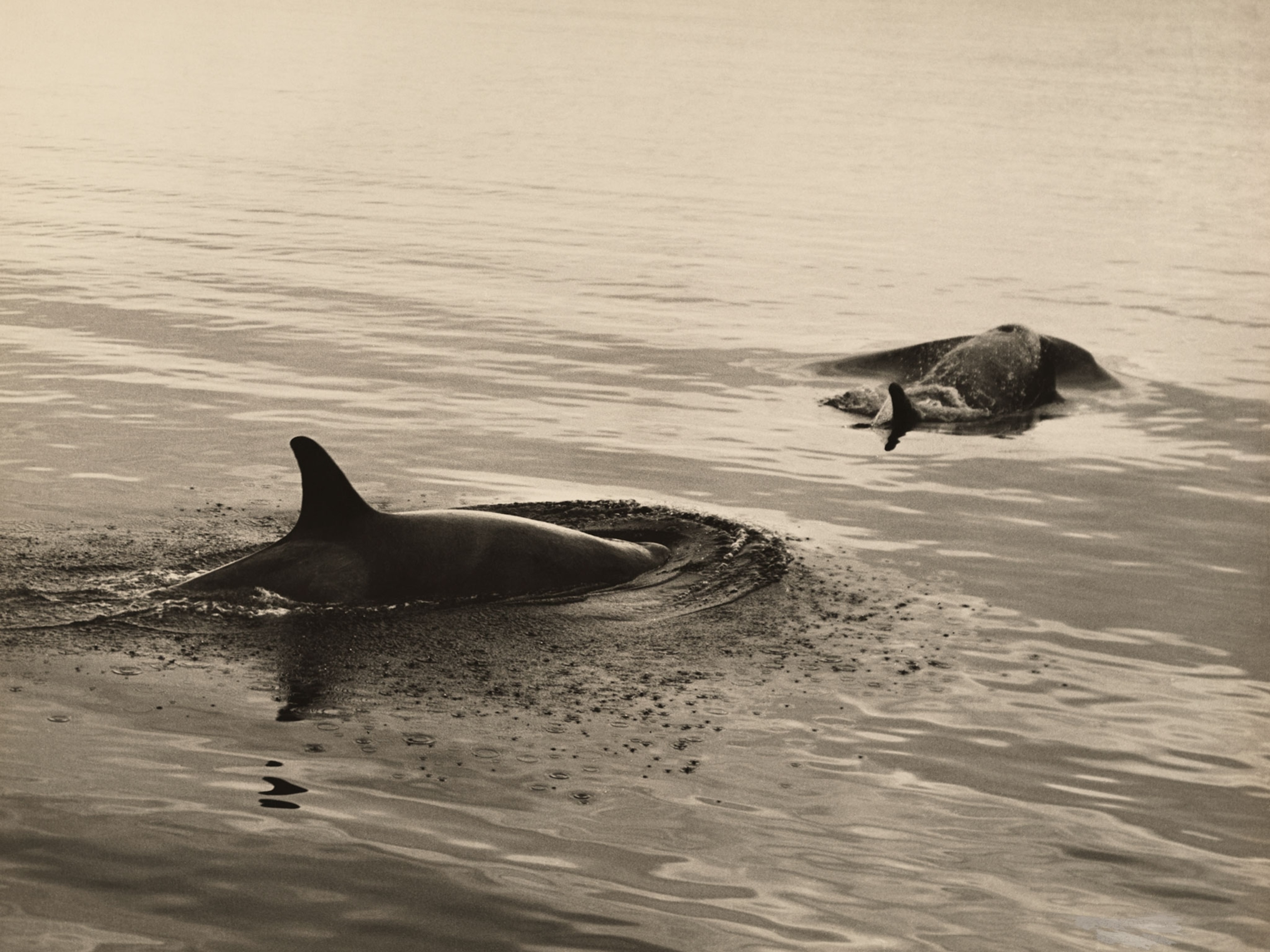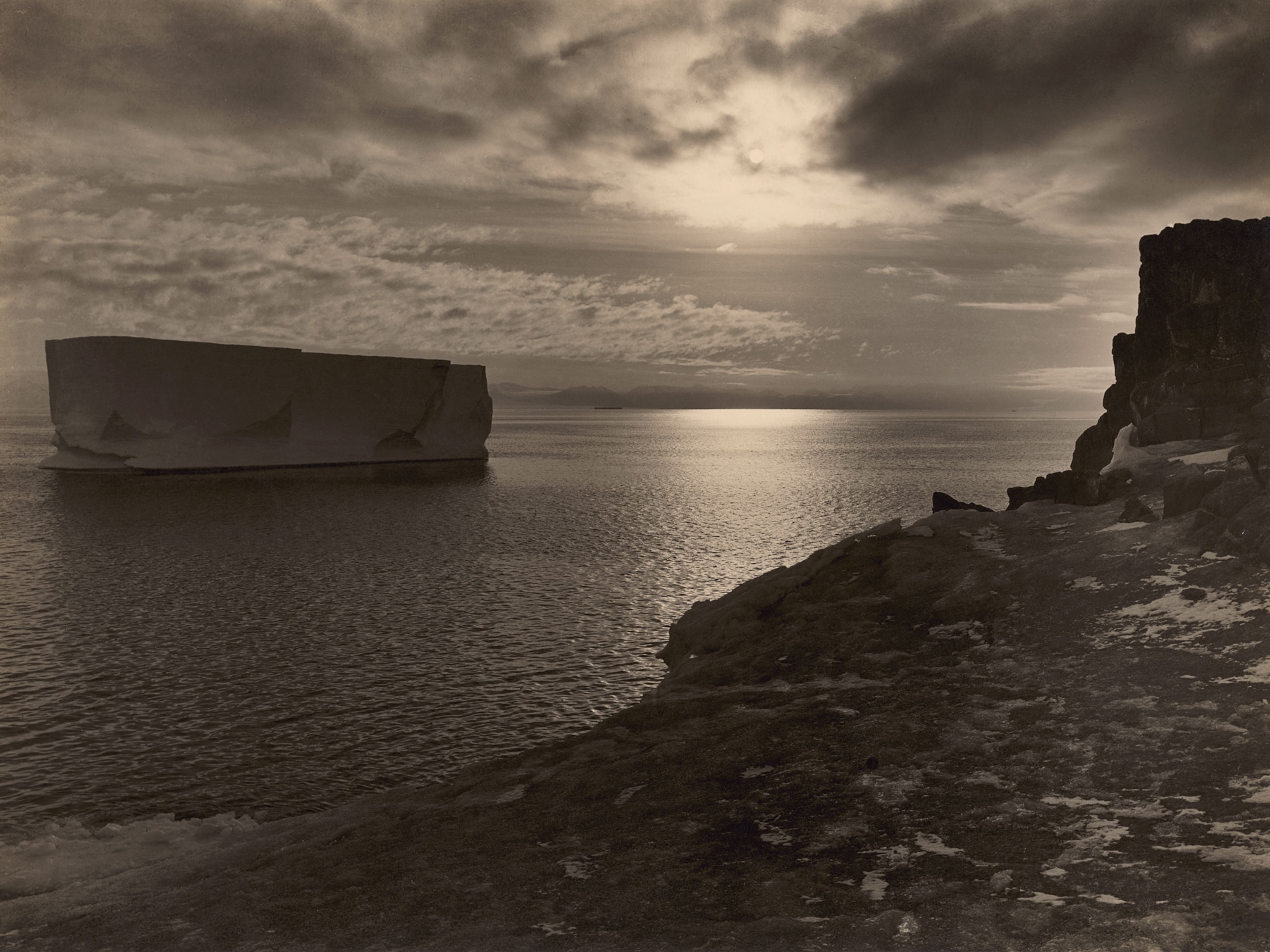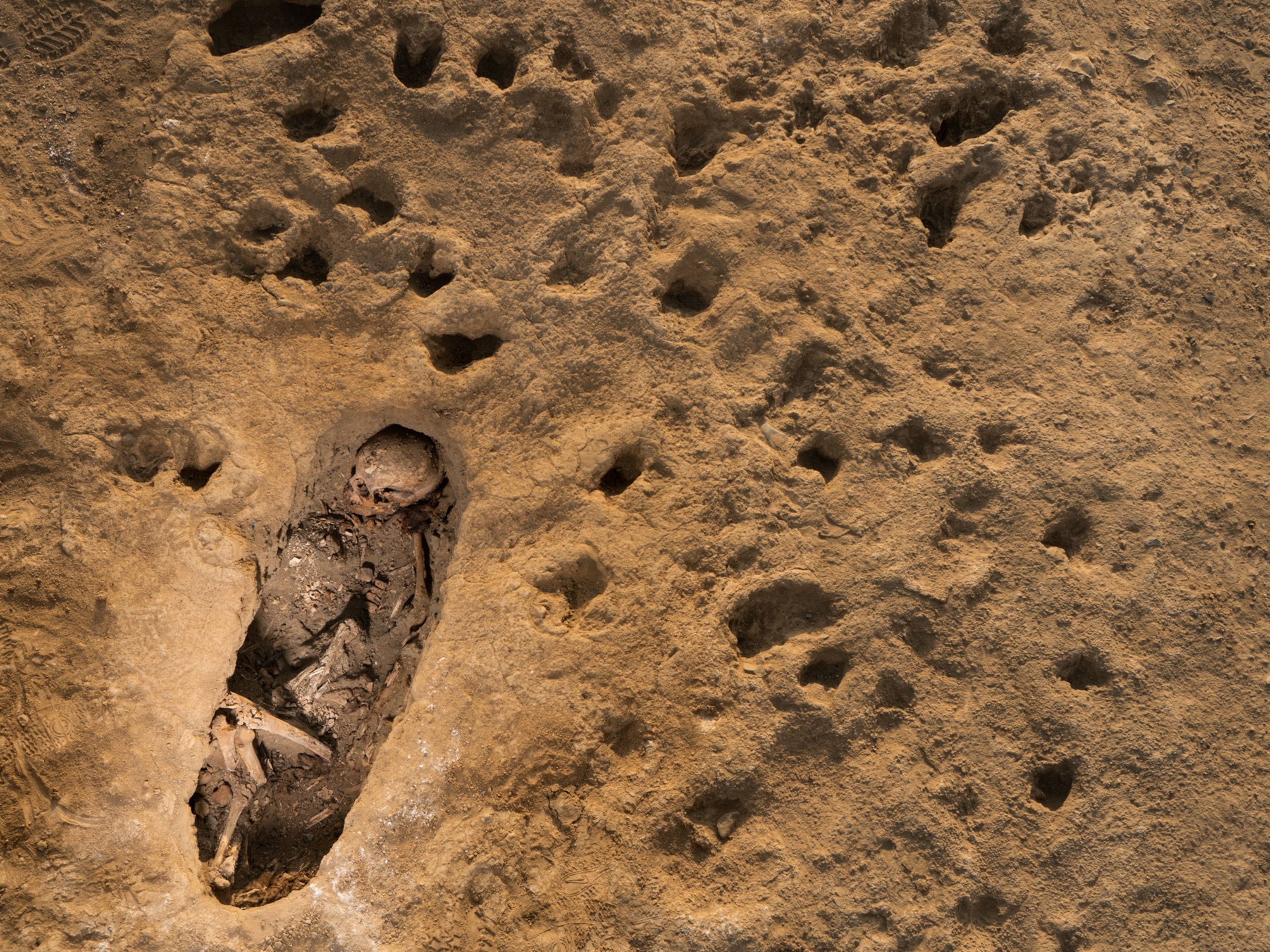
How a Wayward Antarctic Seal Ended Up on a Brazilian Beach
The young animal did not survive its journey, but provided an astonishing case study for biologists.
The Brazilian Navy spotted something unusual in the azure waters of the South Atlantic.
In 2015, at a remote outpost and biological research station on the island of Trindade, 725 miles off central Brazil, sailors spotted a small gray seal swimming in the waves.
Two days later, they found its body on the island’s Calheta beach. Scientists who took a closer look made an astonishing discovery—the corpse was a young Weddell seal, according to a new study.
The polar animal had traveled more than 3,200 miles north of its Antarctic habitat—and more than 1,000 miles beyond the farthest north the species was previously recorded in Uruguay. (Read how baby harp seals are being crushed by melting ice.)
“This is the farthest north this seal has ever been spotted. It’s a long way, even from the northernmost part of the breeding area,” says study author Guilherme Frainer, of the Federal University of Rio Grande do Sul in Brazil.
Frainer, a marine biologist who studies bottlenose dolphins on Trinidade, wasn’t surprised to hear that an animal had washed ashore; the island is notorious for strandings and beachings.
“But I was shocked when I realized it was [likely] a Weddell seal,” he says.
Lost at Sea
Frainer is not an expert in pinnipeds, the group of marine mammals that includes seals and sea lions. And since the seal was a juvenile, it lacked some of an adult's distinguishing features.
With no one around to make a conclusive ID, the navy buried the seal on Calheta beach in July 2015, shortly after the animal was discovered.
In January 2017, however, Frainer returned to Trindade with fellow UFRGS marine biologists Vanessa Heissler and Ignacio Moreno. Exhuming the body and examining the jaw, the team made a conclusive identification. Their results were published last month in Polar Biology.
It's unknown why the seal died, but Luis Huckstadt, an expert on seals at the University of California, Santa Cruz, said it's not surprising the animal didn't make it.
"Usually when they're this far from home, the seals are disoriented, stressed, and in pretty bad shape," Huckstadt says.
So how did the lost seal end up so far from home?
Weddell seals typically spend their lives in the frigid waters around Antarctica, although a few groups do breed as far north as the South Shetland Islands or South Georgia Island in the southern Atlantic. (See gorgeous photos of mysterious life under Antarctica.)
Like many marine species, Weddell seals have extraordinary abilities to navigate what looks like otherwise featureless waters. But sometimes, they can get lost or end up steered off course, especially when currents shift.
Shifting Waters
The summer of 2015 was the start of a strong El Niño event that shifted the Malvinas current, which runs off eastern South America. Instead of stopping at the Rio de la Plata in Argentina, the current continued further north, all the way up to Trindade.
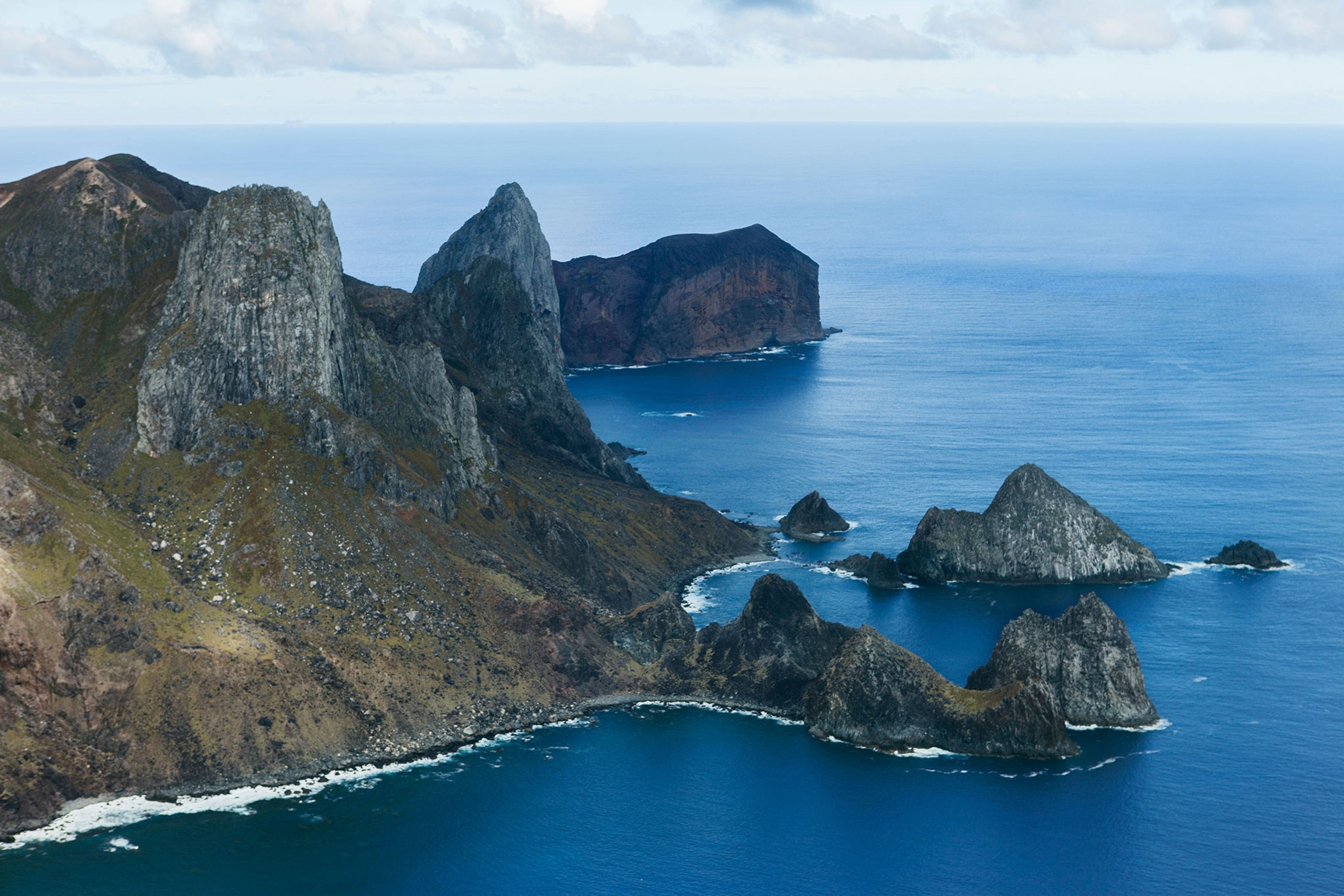
The helpless seal, Franier believes, probably got swept along with the current.
The discovery isn't just notable, however—it's an example of how climate change may disrupt animal populations. (See our Antarctic maps showing a stunning decline in ice.)
As polar ice melts due to climate change, the influx of fresh water is predicted to alter ocean currents—perhaps making these wayward species even more commonplace.
"These cases are still extreme and very rare, but having more eyes watching can tell us more about why it's happening," Huckstadt says.

